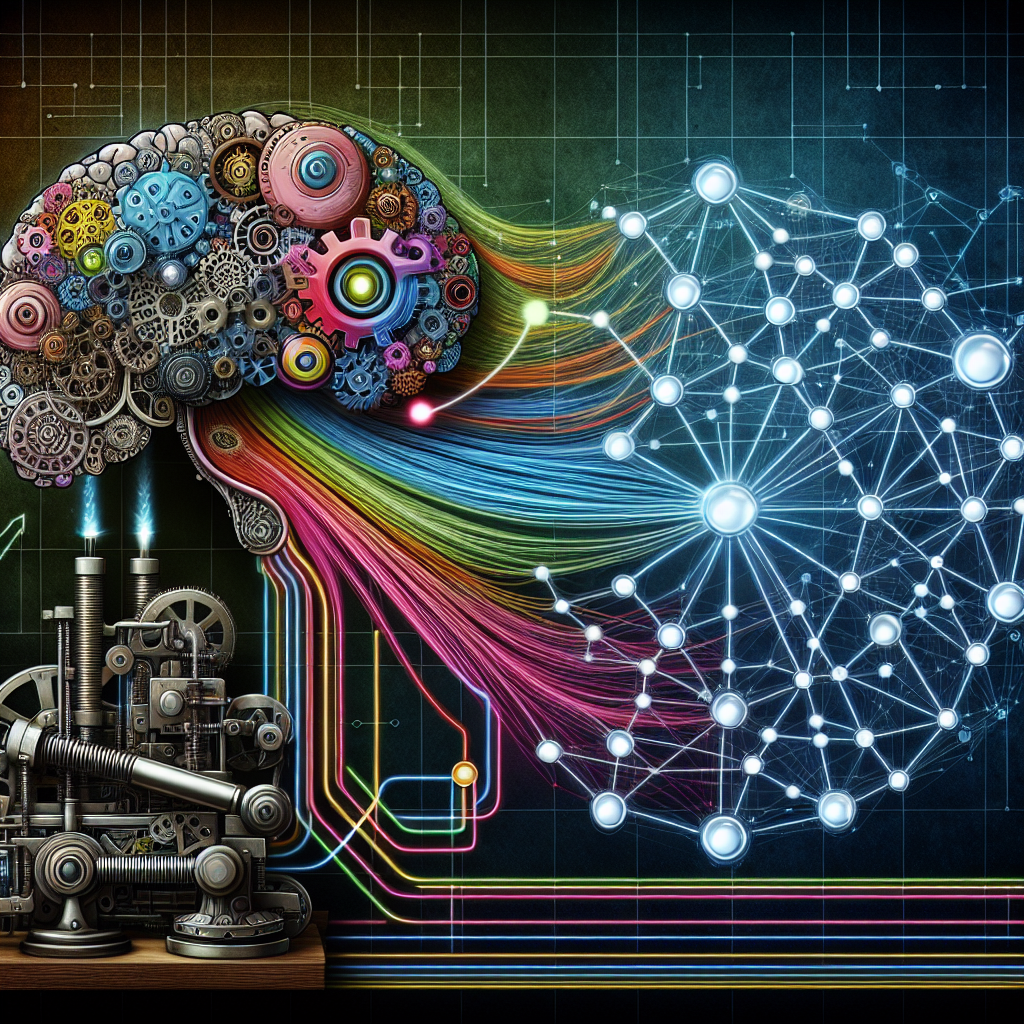Natural Language Processing (NLP) is a field of artificial intelligence that focuses on the interaction between computers and human language. NLP techniques are used to analyze, understand, and generate human language in a way that is valuable for various applications. One area where NLP has gained significant traction is in social network analysis.
Social network analysis is the study of relationships between individuals or entities in a social network. This can include analyzing the structure of the network, identifying key influencers, detecting communities, and predicting behavior. By combining NLP techniques with social network analysis, researchers and businesses can gain valuable insights into the dynamics of social networks and make informed decisions.
In this article, we will explore the applications of NLP in social network analysis, how it is being used in various industries, and some frequently asked questions about this exciting field.
Applications of NLP in Social Network Analysis
1. Sentiment Analysis: One of the most common applications of NLP in social network analysis is sentiment analysis. This involves analyzing the sentiment or emotion expressed in text data, such as social media posts, comments, and reviews. By using NLP techniques, researchers can identify trends in sentiment, track changes over time, and gain insights into how individuals feel about a particular topic or product.
2. Opinion Mining: Opinion mining is another important application of NLP in social network analysis. This involves extracting opinions, preferences, and attitudes from text data. By analyzing opinions expressed in social media posts or reviews, businesses can understand customer feedback, identify areas for improvement, and make data-driven decisions.
3. Named Entity Recognition: Named Entity Recognition (NER) is a technique used to identify and classify named entities in text data, such as names of people, organizations, locations, and products. By using NLP techniques, researchers can extract valuable information from social media posts, identify key influencers, and detect emerging trends.
4. Topic Modeling: Topic modeling is a technique used to identify topics or themes in text data. By applying NLP techniques such as Latent Dirichlet Allocation (LDA), researchers can analyze social media posts, identify common topics of discussion, and understand the interests and preferences of individuals in a social network.
5. Network Analysis: NLP techniques can also be used to analyze the structure of social networks. By analyzing text data from social media posts or messages, researchers can identify influential individuals, detect communities, and understand the flow of information within a network.
6. User Profiling: NLP techniques can be used to create user profiles based on text data from social media posts. By analyzing the language used by individuals in a social network, businesses can gain insights into users’ interests, preferences, and demographics.
7. Trend Analysis: NLP techniques can be used to analyze trends in social media data. By analyzing the language used in social media posts, researchers can identify emerging trends, track changes over time, and gain insights into the interests and preferences of individuals in a social network.
8. Fake News Detection: NLP techniques can be used to detect fake news and misinformation in social media data. By analyzing the language used in news articles, social media posts, and comments, researchers can identify misleading information, fact-check claims, and combat the spread of misinformation.
Overall, the applications of NLP in social network analysis are diverse and valuable for various industries, including marketing, finance, healthcare, and politics. By leveraging NLP techniques, businesses and researchers can gain valuable insights into social networks, understand user behavior, and make informed decisions.
FAQs
1. What are some common NLP techniques used in social network analysis?
Some common NLP techniques used in social network analysis include sentiment analysis, opinion mining, named entity recognition, topic modeling, network analysis, user profiling, trend analysis, and fake news detection.
2. How can NLP techniques benefit businesses in social network analysis?
NLP techniques can benefit businesses in social network analysis by providing valuable insights into customer feedback, preferences, and behavior. By analyzing text data from social media posts, businesses can understand user sentiment, identify trends, and make data-driven decisions.
3. What are some challenges of using NLP in social network analysis?
Some challenges of using NLP in social network analysis include handling noisy text data, dealing with sarcasm and irony, identifying context and ambiguity, and ensuring privacy and data security.
4. How can NLP techniques be used to detect fake news in social media?
NLP techniques can be used to detect fake news in social media by analyzing the language used in news articles, social media posts, and comments. By identifying misleading information, fact-checking claims, and analyzing the credibility of sources, researchers can combat the spread of misinformation.
5. What industries can benefit from using NLP in social network analysis?
Various industries can benefit from using NLP in social network analysis, including marketing, finance, healthcare, politics, and cybersecurity. By leveraging NLP techniques, businesses and researchers can gain valuable insights into social networks, understand user behavior, and make informed decisions.
In conclusion, the applications of NLP in social network analysis are diverse and valuable for various industries. By leveraging NLP techniques, businesses and researchers can gain valuable insights into social networks, understand user behavior, and make informed decisions. The combination of NLP and social network analysis has the potential to revolutionize how we analyze and understand human interactions in the digital age.

